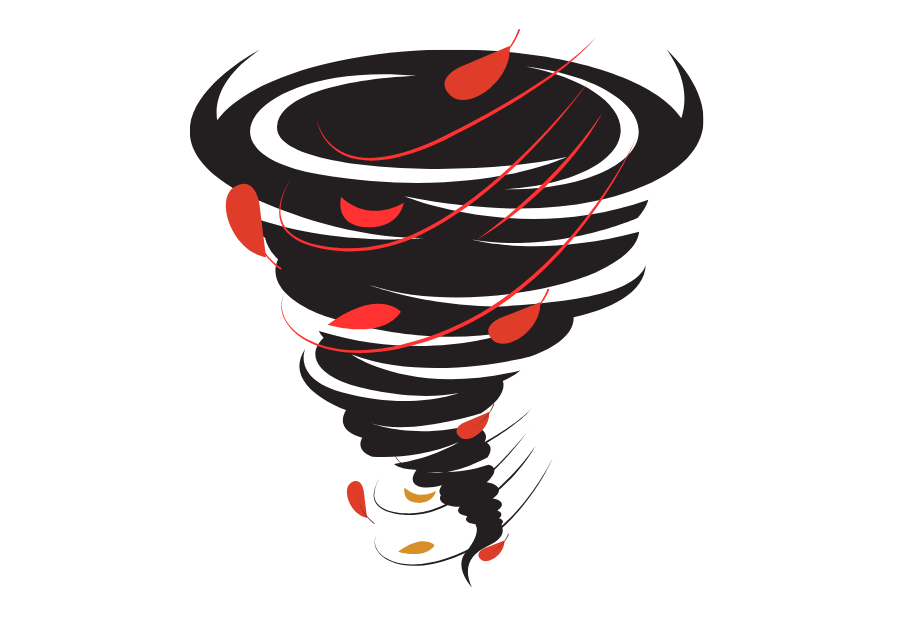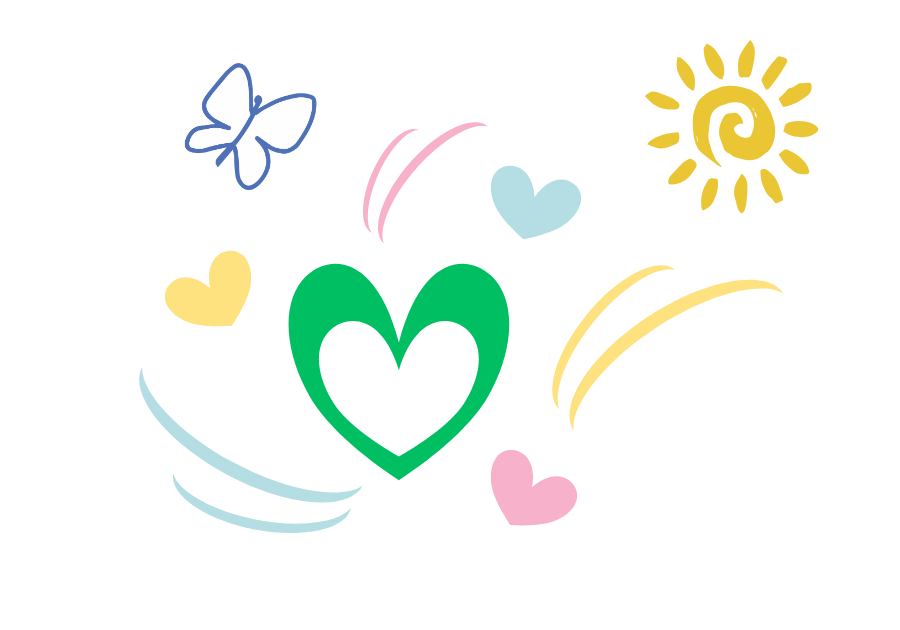

When Words Aren’t Enough
How Art Therapy Unlocks Emotional Healing
Sometimes, words fail us, like those moments when our emotions build up, wanting and needing to be heard and released, but seem to get stuck and remain locked within us.
When our emotions feel too heavy or our past experiences are too complex to articulate, expressing ourselves verbally can feel impossible. Yet, the need to release, process, and heal remains. This is where art therapy becomes a lifeline—a powerful, nonverbal bridge between our inner world and the outside.
Art therapy offers a creative, transformative outlet for emotions that are difficult to verbalise. Engaging in activities such as painting, drawing, sculpting, and free-form dance allows individuals to transcend the limitations of language and access deeper aspects of their inner selves. Let’s explore how art therapy can unlock emotional healing when words just aren’t enough.
The Science Behind Art Therapy
Art therapy doesn’t just feel therapeutic—it’s backed by neuroscience. When we engage in creative processes, we activate areas of the brain responsible for emotions, memory, and self-awareness. The act of creating allows us to tap into our limbic system, the emotional epicentre of the brain, and access repressed or difficult emotions stored in our subconscious.
Art therapy also supports the regulation of the nervous system. When we experience stress or trauma, our fight-or-flight response often dominates, leaving us in a constant state of dysregulation. Creative expression, on the other hand, engages the parasympathetic nervous system, helping us to calm and centre ourselves. It can ground us in the present moment and help soothe the mind and body, providing a safe space to explore and release pent-up emotions.
When Words Fall Short
For many people, traumatic experiences are stored in the body and mind in ways that are difficult to put into words. This is where art becomes a universal language. A swirl of blue paint can convey sadness; jagged lines might express anger or frustration. The size, placement, and intensity of these elements can speak volumes about how we’re feeling without us needing to explain it.
For example, someone grappling with grief may create a piece of art filled with fragmented shapes, visually mirroring their inner sense of brokenness. Another person working through anxiety might produce repetitive patterns, illustrating the cyclical nature of their thoughts. These expressions not only give voice to emotions but also help us process them.
Art Therapy’s Unique Approach to Emotional Healing
Unlike traditional talk therapy, art therapy combines the power of creative expression with reflection. This dual approach helps individuals access and process emotions that may have been repressed or hidden. Here’s how it works:
Non-Verbal Processing: Through art, we can express feelings that words cannot capture. It provides a safe, judgment-free outlet to explore our inner world.
Self-Reflection: Once the art is created, reflecting on the colours, symbols, and patterns offers insights into our emotions and experiences.
Reframing the Narrative: By externalising our feelings onto paper or canvas, we can begin to understand and reframe them, turning chaos into clarity.
Empowerment: The act of creating something tangible from emotional pain fosters a sense of agency and empowerment, transforming us from passive sufferers to active participants in our healing journey.
The Power of Therapeutic Journaling
Art therapy pairs beautifully with therapeutic journaling. Writing allows us to explore the stories behind our emotions, deepening our self-awareness and helping us connect the dots between past experiences and present feelings. Journaling alongside art therapy amplifies the healing process by offering a structured way to reflect on the emotions unearthed during creative expression.
For instance, after creating a drawing that symbolises stress or overwhelm, you can journal about what the colours or shapes represent. What memories do they bring up? How do they connect to your current life situation? This combination of visual and written exploration creates a holistic healing experience, bridging the gap between emotion and understanding.
If you’re ready to dive into this transformative practice, check out my Therapeutic Journaling eBook, where you’ll find guided prompts to pair with your art therapy sessions. It’s a beautiful tool to bridge the gap between creative expression and mindful reflection, helping you process emotions on a deeper level and truly connect with your inner self.
To help illustrate how art therapy can facilitate transformation, let me introduce you to Mia—a fictional character who could represent any one of us during a challenging time.
The Story of Mia
Mia had always been a high achiever. She prided herself on keeping everything under control—her work, her family, her emotions. But when she went through a difficult divorce, her carefully constructed world started to crumble. She felt lost, overwhelmed, and unsure of how to move forward.

Traditional therapy helped Mia to a degree, but she found it hard to articulate her feelings of loss and shame. At her therapist’s suggestion, she tried art therapy. One day, Mia painted a swirling storm of black and red—a representation of the chaos she felt inside. For the first time, she could “see” her emotions outside of herself, and it gave her a sense of relief and understanding. She slowly pieced together the anger, shame and grief that took hold in her body.

Through further sessions, Mia explored colours that represented hope and healing, gradually weaving yellows, pinks and greens into her artwork. Her pieces became more cohesive and calmer, reflecting the gradual rebuilding of her sense of self. Alongside her art, she journaled about her process, deepening her connection to her healing journey. Slowly but surely, Mia began to feel whole again.

Bringing Art Therapy into Your Life
The beauty of art therapy is that you don’t need to be an artist to benefit. It’s not about creating “perfect, realistic” art—it’s about expressing what’s inside you in an honest, raw, and meaningful way.
Here are some simple steps to try art therapy at home:
Create a Safe Space: Find a quiet, comfortable spot where you feel at ease.
Gather Your Materials: Collect basic supplies like paper, markers, paint, or clay.
Choose a Prompt: Start with a simple question like, “What am I feeling right now?” or “What does my inner world look like today?”
Express Freely: Let your hands move without overthinking. Use colours, shapes, and lines to represent your emotions.
Reflect: Once your piece is complete, take a few moments to sit with it. What stands out to you? What do the colours or patterns represent? Consider journaling your reflections.
You may also like to read...
Techniques for managing your Emotional Well-Being:
Click to explore some amazing products and programs
to take you to the next level.
Binaural Beats & Meditation by Ennora
Destroy Depression Program
Disclaimer - This blog post contains affiliate links
Discover More with ‘From Heart to Canvas’
If you’re ready to dive deeper into the transformative power of art therapy, my workbook, From Heart to Canvas, is here to guide you. Packed with creative prompts, reflective exercises, and self-interpretation tips, this resource will help you uncover hidden emotions, regulate your nervous system, and build a stronger connection to yourself.
Art therapy is a journey—a gentle yet powerful process of self-discovery and healing. Whether you’re facing emotional challenges or simply seeking to deepen your self-awareness, it offers a safe and nurturing path forward. Let your creativity lead the way.
Pair it with my Therapeutic Journaling eBook to gain even deeper insights and uncover the hidden layers of your emotional world.
(It is available at a discounted rate if purchased together through the art therapy workbook checkout.)

More About Art Therapy Workbook
Unlock the healing power of creativity with From Heart to Canvas – Therapeutic Art Workbook!
Whether you're seeking a soothing escape or a meaningful way to process emotions, this expertly designed workbook guides you through transformative art therapy exercises—all from the comfort of your home.
Packed with structured activities, step-by-step instructions, inspiring prompts, and deep self-reflection tools, From Heart to Canvas empowers you to express yourself freely while uncovering insights into your inner world. Plus, with a comprehensive self-interpretation glossary, you’ll navigate your artistic journey with confidence.
Don't just explore art—experience its profound ability to heal, restore, and uplift. Click below to begin your creative wellness journey today!
Subscribe through the workbook's page and get your FREE Art Therapy Activity 🎨✨
More Starlah Rose blog posts to explore:
Final Thoughts
Art therapy reminds us that healing isn’t always linear or verbal—it’s about finding ways to express what words can’t. So, pick up that paintbrush, reach for that journal, and let your inner world find its voice. You’re capable of creating something beautiful, not just on paper, but within yourself.
Happy journaling into Creativity. Your new self awaits. 🎨
Starlah Rose
SUBSCRIBE
Now to Receive a Free
"How to Be Mindful in 7 Days" Workbook.
By signing up you also agree to recieve my newsletter when I have interesting stories and blogs to share- straight to your inbox before everyone else
🔐 Copyright Notice
This eBook and accompanying workbook are intended solely for individual use. Reproduction, distribution, or sharing of any content—whether in part or in full—is strictly prohibited without prior written permission from the author.
Contact
hello@starlahrose.com
© 2025 Starlah Rose
All Rights Reserved





